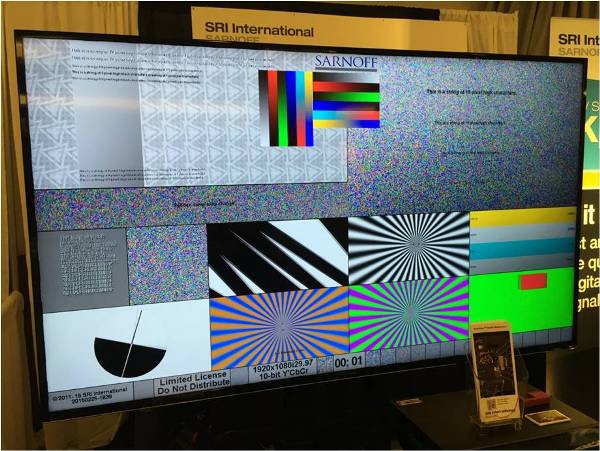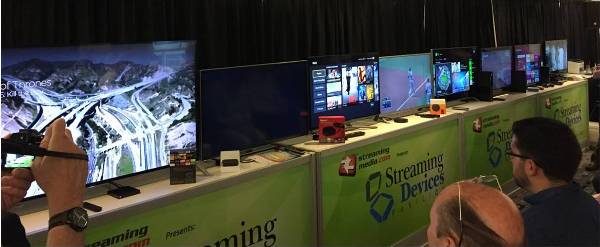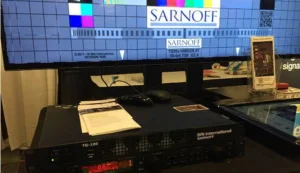Streaming Media East also had a small exhibition area with 47 companies showing off their offering related to content creation and streaming video. While there were some acquisition-related exhibitors, most exhibitors offered management and monetization solutions for streamed content. These refer to software solutions that make it easier for companies to create streaming solutions. Most of the solutions offer special tools to address specific issues in the streaming world.
For example Hive Streaming offers an enterprise solution called VDN (video distribution network) that provides live video and video-on-demand streaming by enterprises and other private network owners. The company states that it can provide streamed content up to UHD/4k resolution to the clients. It also says that its solution allows streaming video on IP networks regardless of the bandwidth. What the company means is that it is streaming different resolution levels at the various bandwidth. Hive did claim that it can stream UHD content at a bandwidth of 8 MBps.
SRI International also presented a video quality solution that included a video test generator as well as test patterns. The test patterns are part of the hardware box, but can also be purchased separately. It supports standard formats including UHD/4k. The box for supporting UHD p60 is offered for $12k, while the UHD p30 box costs $10k.
The test images allow you to asses frequency response, compression fidelity, display gamma, chroma downsampling, chroma upscaling, bit depth, reference image, and other aspects of video quality. The test patterns do also support HDR, even though the used TV set did not support HDR and showing the HDR mode did not make any sense.

Also included was an encoder stress testing image that is built to overpower every encoder. The above image shows this pattern. It contains a multitude of moving components and color gradings that show what compromises an encoder makes. Most of the components are moving images or noise patterns. For example, the top left part has nested triangles that spin around, while the text lines move back and forth. As the company explained, this is for helping making the right decisions and compromises between quality and bandwidth requirements.
The exhibition also included an interesting set-up where different streaming devices were stacked next to each other for visitors to play with. The following image shows the set-up.

The set-up allowed playing with the different devices side by side. The used devices were Apple TV, Roku 3, Amazon Fire TV, Nexus Player, Chrome Cast, TiVo Roamio, Microsoft Xbox 360, Sony PlayStation 3, Microsoft Xbox One and Sony PlayStation 4. It used various TV brands and left the choice of streamed content, so this was not a visual comparison test set-up, but allowed the user to compare the user interfaces. – NH

